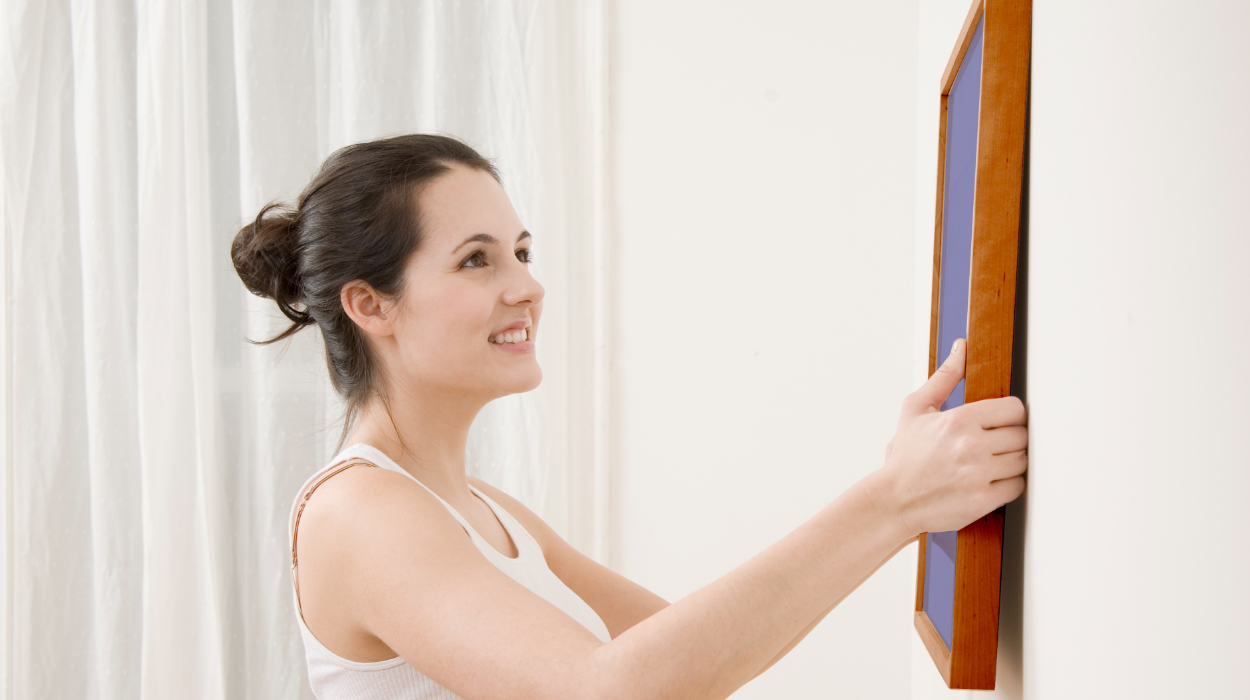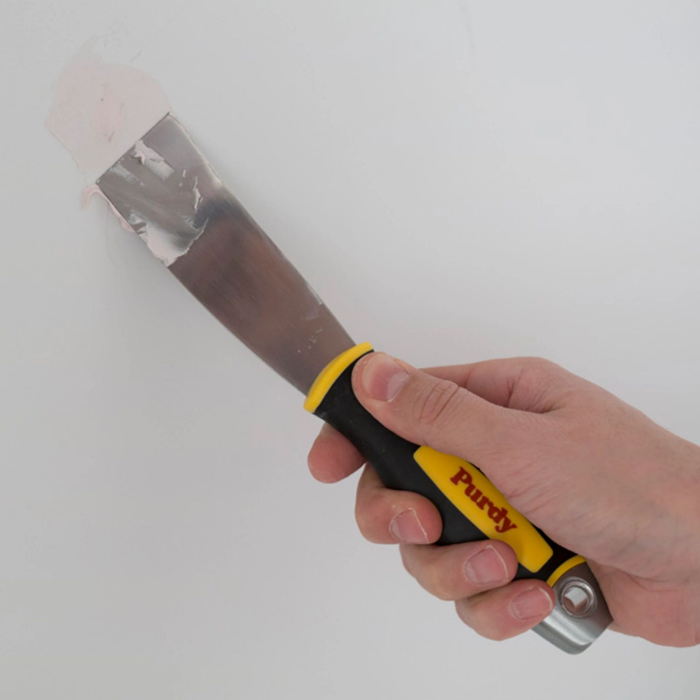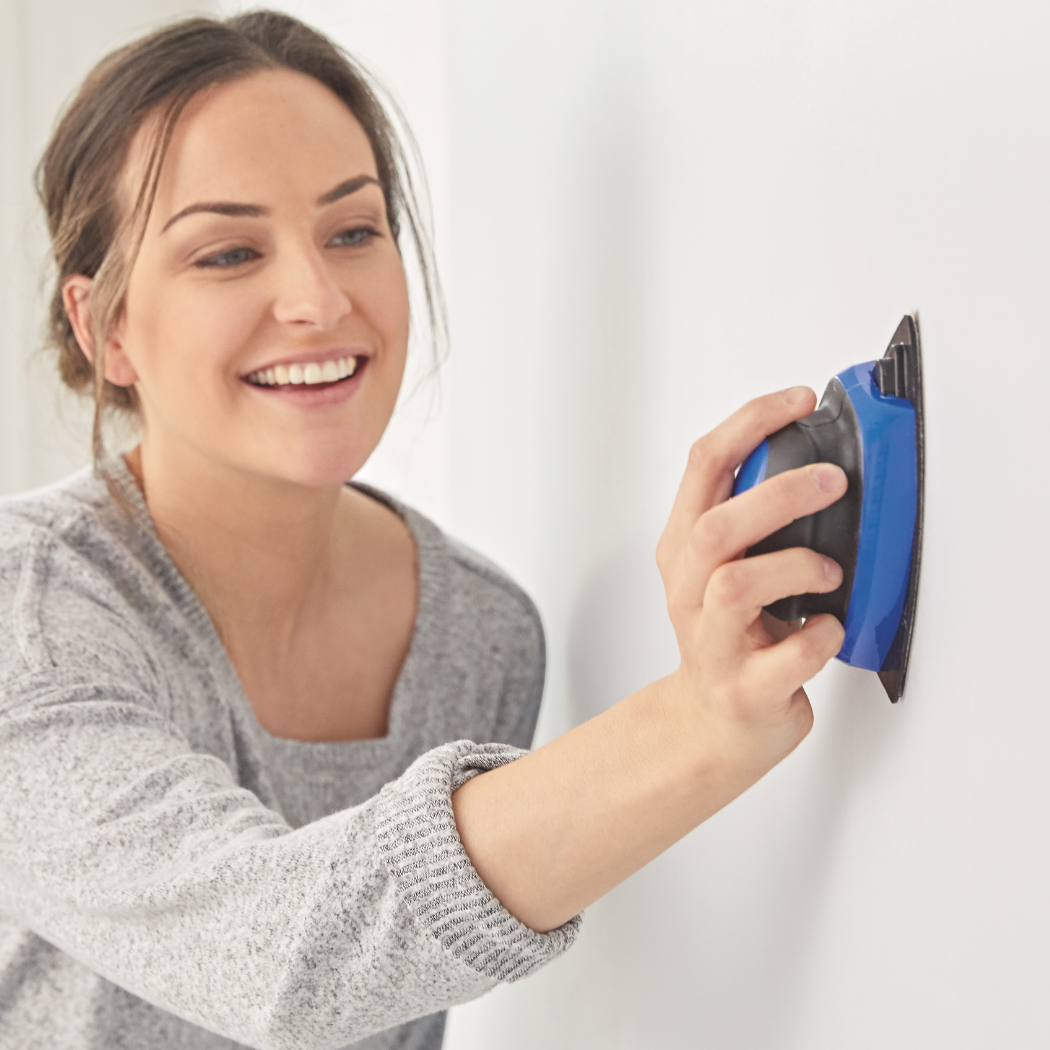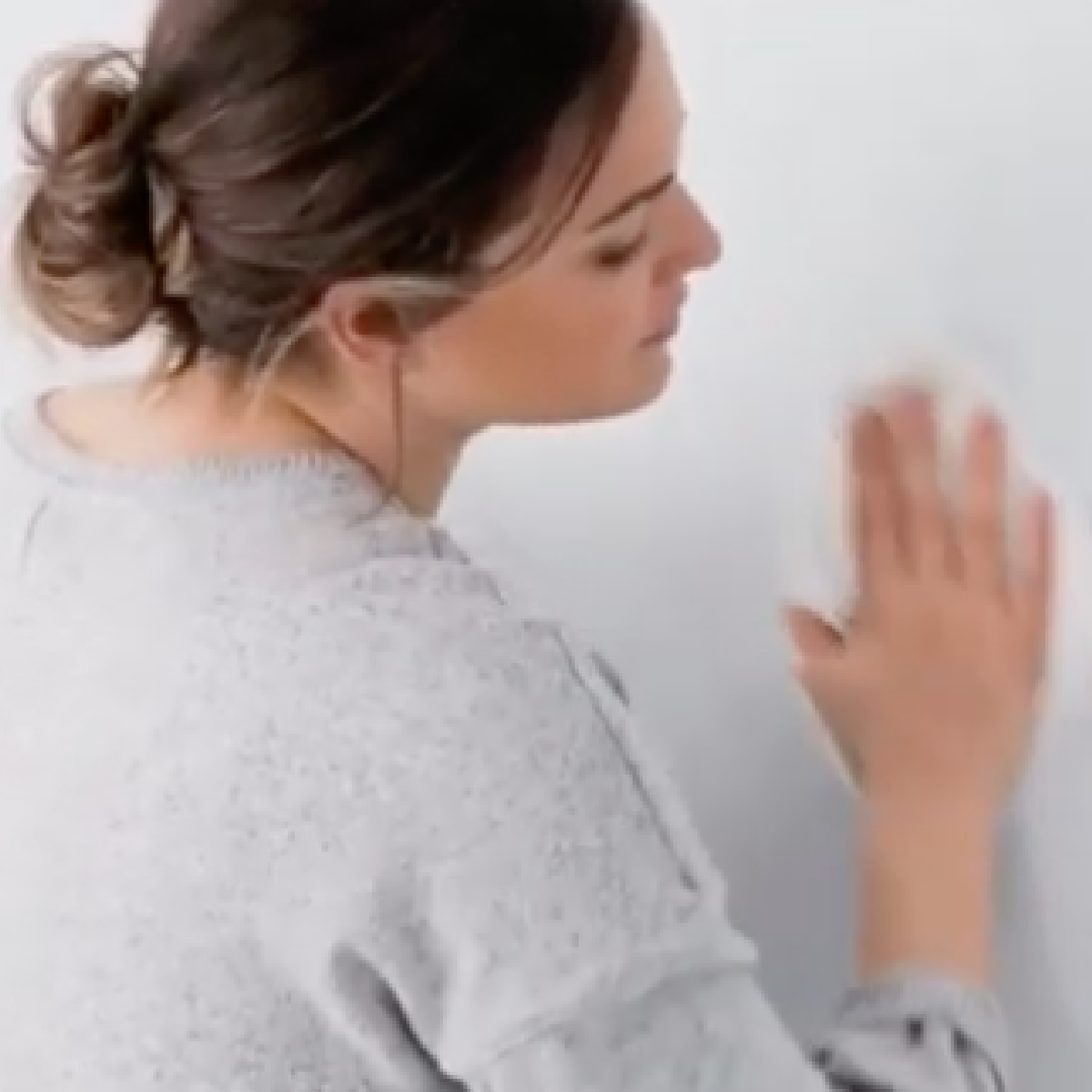CREATE A CLEAR WORKING SPACE
Always start with a clear working space for any project. It’s best to work at least three feet from each wall.
- Remove small items (pictures, mirrors, lamps) from the project area.
- Remove small rugs and unattached floor coverings.
- Remove large pieces of furniture like sofas and tables if possible.
- Cover pieces you can’t move with a drop cloth.
- Cover the floor with a drop cloth or plastic sheeting. Avoid using sheets or newspapers, as paint can soak through.
- Maintain proper ventilation during painting and while paint dries by opening doors or windows as weather permits.
Remove These from the Project Area
- Ceiling hooks
- Doorknobs and drawer pulls
- Door stops
- Mounted light fixtures (if possible)
- Pictures
- Outlet covers and switch plates
- Vents and cooling ducts
- Blinds, shades and accessories
When removing items with screws, tape screws to the back; for example, tape screws to the back of a switch plate. Place doorknobs and switch plates in a storage container or zipper bag. This helps keep the items together for when you need them later.



